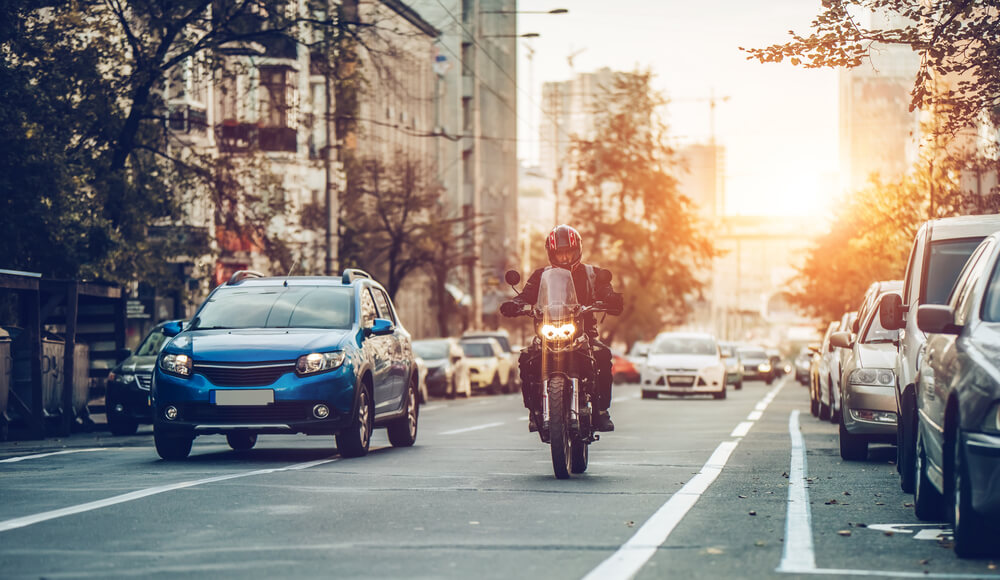
How safe are motorbikes, you may be wondering? Well like vehicles, motorcycles also benefit from advances in technology, helping to give you a better and safer ride. This blog will explore some of the recent safety features introduced by motorcycle companies and also what you can expect to see soon. Remember, one of the best motorcycle protection and safety features you can have for your bike is motorcycle insurance. Take a look at Swann’s, range from comprehensive to dirt bike cover, and get a quote in under a minute.
Helmets
Not only are helmets now made from stronger materials such as carbon fibre and Kevlar, they also make it easier to check blind spots with the use of rear-view cameras and a screen within the helmet, so you can more easily see the traffic behind you. You should always protect your melon, so investing in the best motorcycle helmet for safety is well worth it. You should also ensure you invest in other motorcycle safety equipment and gear, such as boots and gloves.
Airbags
You don’t have to be in a car to take advantage of airbags, as it’s now possible to buy them as a vest which can slide over your motorcycle jacket, providing more protection in case of an accident. While they aren’t cheap, these effective, motorcycle safety features can offer an extra layer of safety in addition to helmets, leathers and boots. A US-based startup is also working on an “airbag for bike” which would cocoon the rider in an inflatable airbag during an accident.
Anti-lock Brake Systems (ABS)
ABS works by stopping a vehicle’s brakes from locking up during hard-braking situations. While ABS is now a standard feature in modern cars, it is not standard on motorcycles, partly due to the cost, as well as the size of bikes, as smaller bikes with lower CCs and overall mass often won’t see much of a benefit from ABS. Nevertheless, a 2015 study found that ABS on motorcycles could greatly reduce the rate of death and severe injury from motorcycle crashes, so it’s worthwhile investigating if ABS is right for you and your motorcycle.
Combined Braking System (CBS)
While many motorcycles have different levers/pedals for operating the front and rear brakes, some use CBS (also known as Linked Braking System) in order to engage the front and rear brakes at the same time, often using a proportional control valve to determine how much pressure to use for each brake. It is now mandatory for every new motorcycle sold in Australia to have either ABS or CBS fitted, in order to lessen the number of rider fatalities and injuries.
Traction Control
Traction control can help you on slippery areas by sensing a loss of traction and helping the motorcycle stay on the road by controlling how much power is delivered to the rear wheel. While it’s more common to find it in high-end motorcycles, traction control is becoming increasingly popular in cheaper motorcycles as well.
Stability Control
Working in consonance with traction control, stability control monitors the traction and analyses the amount of lean when accelerating or braking during a turn, helping to ensure that the right amount of power or braking is utilised.
Automatic Emergency Call Systems
Also known as automatic collision notification, this tech is available in many vehicles and is slowly starting to make its way to motorcycles. It works by alerting emergency services and providing GPS co-ordinates of the rider’s position. One issue with these systems in Australia is the lack of mobile coverage in rural areas, although it’s likely that advances in technology will soon enough overcome these problems, as well as add many more safety features to motorcycles in the future.
